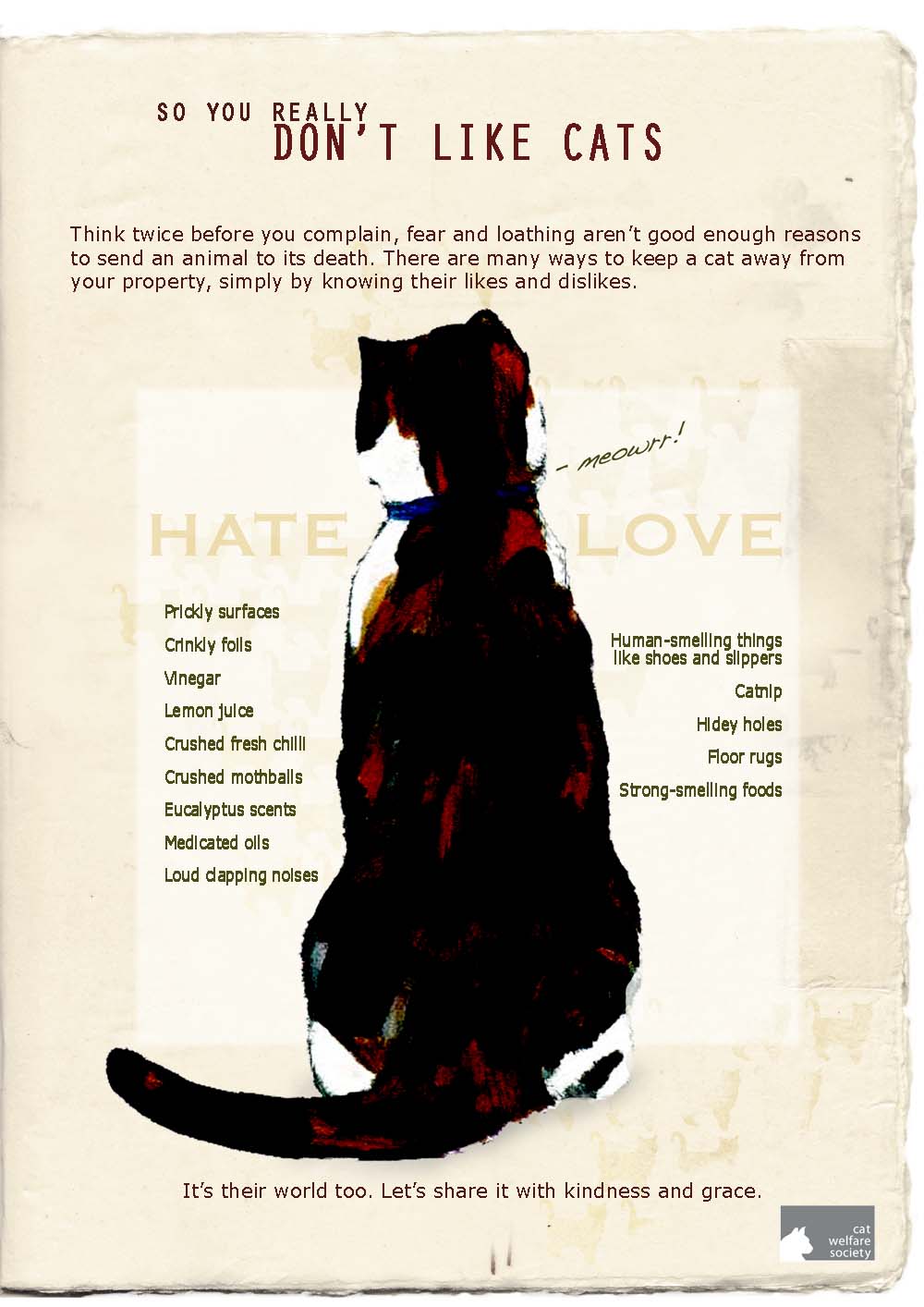
The Straits Times
www.straitstimes.com
Published on Dec 30, 2010
SPCA voices concern over animal welfare, experimentation
TWO reports on Dec 20 ('Study on facility to breed large animals for tests'; 'Dolphin exhibit still part of RWS' plan') are cause for grave concern among those involved in animal welfare.
# Animal experimentation: It was high- lighted that Singapore is studying the feasibility of building a facility to breed large animals such as pigs and monkeys for scientists to test advances on. With billions of dollars set aside for biomedical research, the question arises as to how many animals will be put through medical experiments in these laboratories?
As much as animal experimentation has been beneficial in aiding medical researchers in the study of diseases afflicting humans, it cannot be denied that it has been at the expense of the animals involved. Aside from this, there is also no guarantee that what works on animals will work on humans.
Inspections once a year by the Agri-Food and Veterinary Authority is a basic requirement, but is it adequate when the lives of so many sentient and intelligent beings are involved? The industry is largely self-regulated which, over time, could easily result in complacency or loss of sensitivity to the animals being studied. What goes on behind closed doors cannot be imagined, in terms of pain, discomfort or mental distress endured by a laboratory animal.
The Society for Prevention of Cruelty to Animals (SPCA) agrees with the Animal Concerns Research and Education Society (Animals in research: Room for greater transparency'; last Friday), that more effort should be made in reducing, refining and replacing animals in the field of scientific research in Singapore. We would also reiterate the urgent need to bring about more transparency in the industry, and ask that independent checks of animal research facilities by animal welfare organisations be permitted.
# Dolphin exhibit: It was announced by Resorts World Sentosa (RWS) recently that it would proceed with the importation of wild caught dolphins, despite the death of two of seven dolphins at a holding area in Langkawi Island, Malaysia.
The capturing and confining of any wild creature with the intention of transforming its natural lifestyle and habits for human enjoyment and revenue is immensely cruel. The suffering of these creatures in the build-up to becoming trained performers is also unimaginable with minimal educational value to the public.
The SPCA urges RWS to seriously reconsider its decision to be party to such a cruel trade.
Deirdre Moss (Ms)
Executive Director
Society for the Prevention of Cruelty to Animals

















































